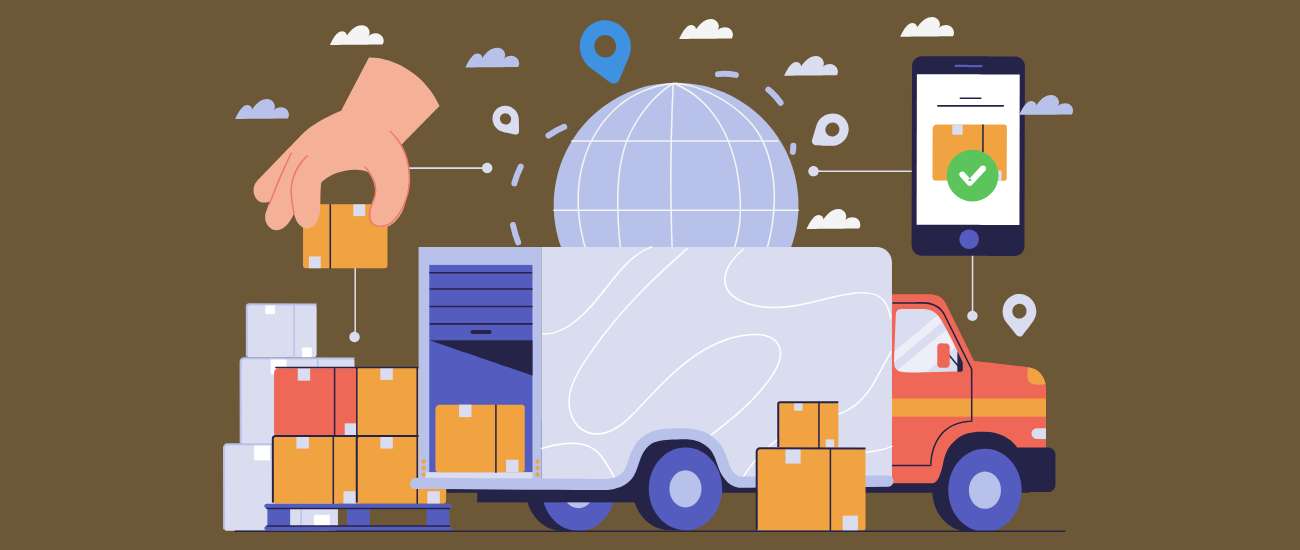The Revolutionary Effect of Telematics in the Insurance Business

In an era driven by technological advancements, the insurance industry has been revolutionized by the integration of telematics. Telematics, the combination of telecommunications and informatics, has transformed the way insurance companies assess risk, determine premiums, and provide services to their customers. This article explores the profound impact of telematics in the insurance business and how it is reshaping the industry.
What is Telematics?
Telematics refers to the use of advanced technologies, such as GPS, sensors, and telecommunications, to gather and transmit real-time data on the behavior and performance of vehicles. Through telematics, insurers can collect data on various factors, including driving habits, vehicle location, speed, acceleration, and braking patterns. This data is then analyzed to assess risk and provide personalized insurance solutions.
Improved Risk Assessment and Pricing
Traditionally, insurance companies relied on historical data and statistical models to assess risk and determine premiums. However, telematics has introduced a new level of accuracy and precision in risk assessment. By analyzing real-time data collected through telematics devices installed in vehicles, insurers can evaluate individual driving behavior and tailor insurance coverage accordingly.
Safer drivers who exhibit responsible driving habits, such as obeying speed limits, maintaining safe distances, and avoiding sudden accelerations or harsh braking, can benefit from lower premiums and personalized discounts. This incentive-driven approach encourages policyholders to adopt safer driving practices, leading to reduced accidents, improved road safety, and lower claims costs for insurers.
Enhanced Customer Experience and Engagement
Telematics has empowered insurers to offer personalized and value-added services to their customers. Through mobile apps or online portals, policyholders can access their driving data, monitor their driving habits, and receive feedback on their performance. This level of transparency and engagement encourages customers to take an active role in managing their risk and improving their driving behavior.
Insurers can also provide real-time alerts and notifications to policyholders based on their driving data. For example, if the telematics device detects excessive speeding or sudden braking, the policyholder can receive immediate feedback and reminders to practice safer driving habits. This proactive approach not only enhances the customer experience but also contributes to accident prevention and risk reduction.
Usage-Based Insurance Models
Telematics has paved the way for usage-based insurance (UBI) models, which offer more personalized and flexible coverage options. UBI policies take into account the actual usage and behavior of the insured vehicle, rather than relying solely on traditional risk factors. By monitoring driving patterns and mileage, insurers can tailor premiums to reflect the specific risk profile of each policyholder.
UBI policies are particularly beneficial for infrequent drivers, such as occasional commuters or individuals who primarily use public transportation. These drivers can opt for pay-as-you-drive (PAYD) or pay-per-mile (PPM) insurance, where premiums are based on the actual distance driven. This flexibility allows customers to have more control over their insurance costs and promotes a fairer pricing structure based on individual usage and risk.
Fraud Detection and Claims Management
Telematics plays a vital role in fraud detection and claims management within the insurance industry. By analyzing driving data and accident-related information, insurers can verify the accuracy of claims and detect any inconsistencies or fraudulent activities. Telematics data provides valuable insights into the circumstances leading up to accidents, allowing insurers to make more informed decisions regarding claims settlements.
Additionally, telematics enables the implementation of usage-based claims models, where claims payouts are based on actual driving data and the severity of accidents. This approach ensures that policyholders are fairly compensated and discourages fraudulent claims.
The Future of Telematics in Insurance
The impact of telematics in the insurance business is still evolving, and its potential is far-reaching. As technology continues to advance, telematics will become even more sophisticated, enabling insurers to gather and analyze additional data points. This will lead to further advancements in risk assessment, personalized pricing models, and customer engagement.
Furthermore, telematics can intersect with emerging technologies such as artificial intelligence (AI) and machine learning (ML), enabling insurers to gain deeper insights from the vast amount of data collected. Predictive analytics and proactive risk management will become more prevalent, allowing insurers to identify potential risks and take preventive measures.
In conclusion, telematics has revolutionized the insurance industry by providing insurers with real-time data on driving behavior and vehicle performance. This data-driven approach has resulted in improved risk assessment, personalized pricing, enhanced customer experience, and more efficient claims management. As telematics continues to evolve, insurance companies must embrace this technology to stay competitive in the rapidly changing landscape of the insurance industry.
Blogs
Explore the Latest Blogs on Trends and Technology.


